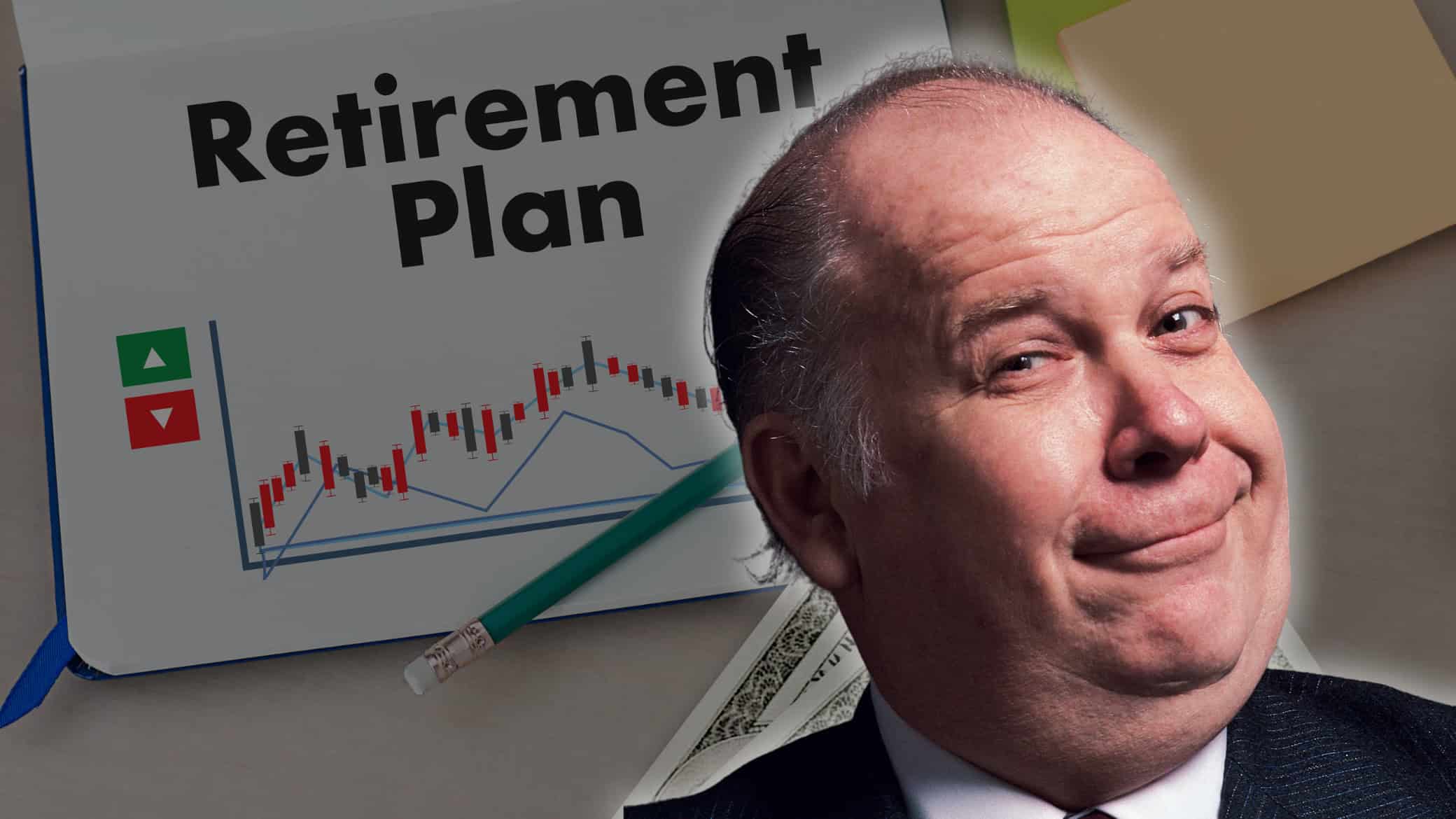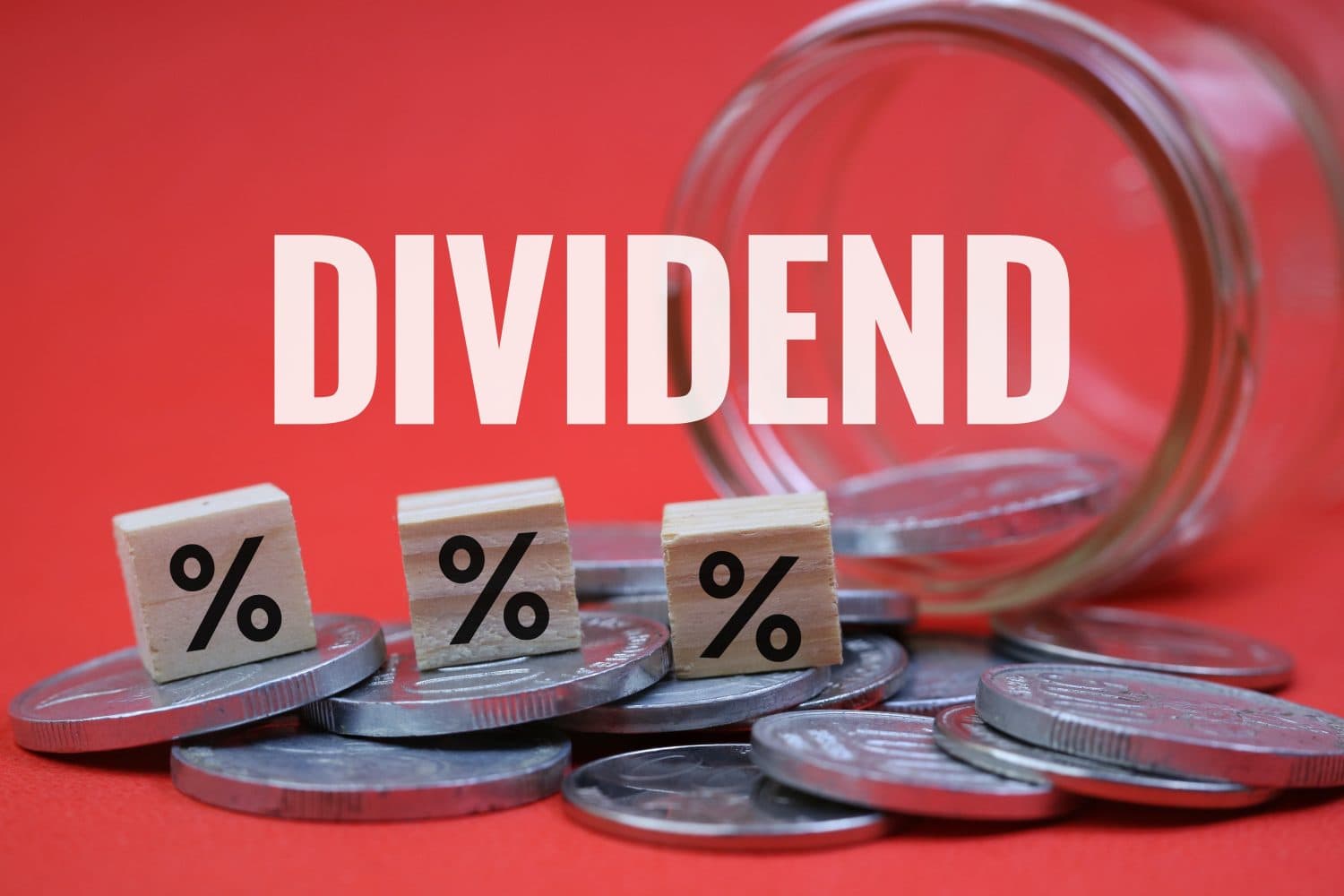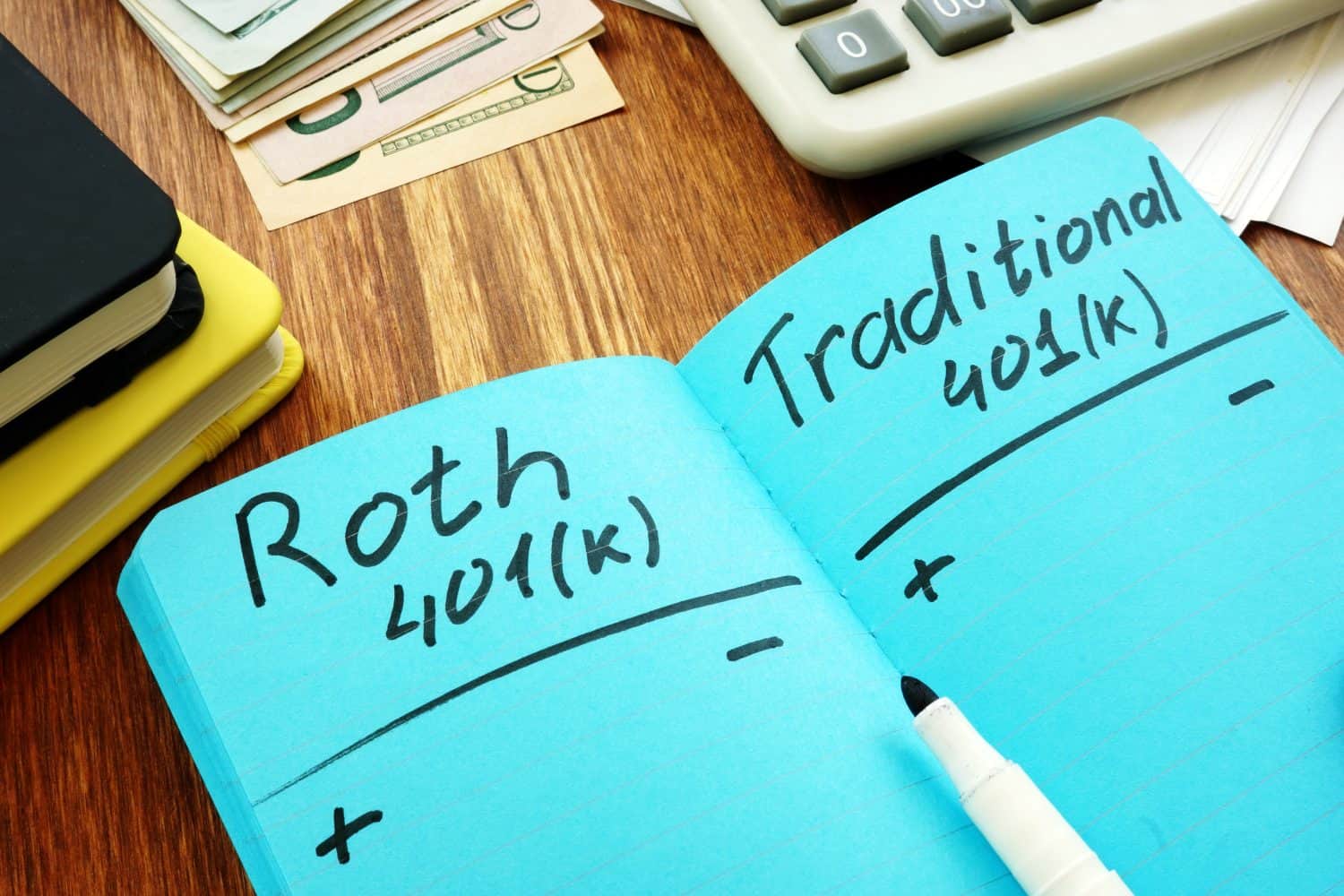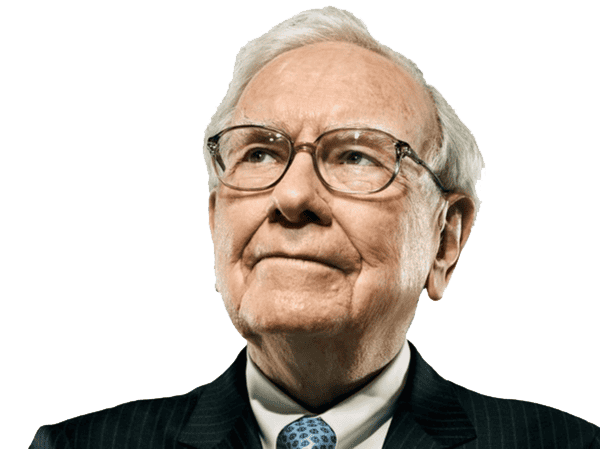#retirement-planning
#retirement-planning
[ follow ]
#social-security #claiming-age #401k #annuities #personal-finance #dividend-investing #passive-income #retirement
from24/7 Wall St.
3 days agoYou'd Think $3 Million Means Financial Freedom... Not So Fast
Most people would probably be thrilled to reach the age of 50 with $3 million and a $1 million house. But this Reddit poster is having doubts about how well they're actually doing. And while that might seem surprising, the reality is that $3 million doesn't automatically guarantee financial freedom in today's economy, not when rising costs, longer lifespans, and shifting expectations can make even a large nest egg feel surprisingly fragile.
Business
from24/7 Wall St.
3 days agoFrankly, Retirement Is Easy With These Three ETFs
Whether you're already retired or planning for one, investing in retirement will require a balance of strategies that ensure income for the short term and long term. If you invest in the right types of exchange-traded funds (ETFs), you can build a diversified portfolio that ensures steady passive income and capital growth. With hundreds of ETFs in the market today, you need to be careful when you're picking one.
Venture
fromIndependent
1 week ago'Downsizing' - even the word can be emotive, but if you don't have a large pension, it can be literally life-changing
Downsizing has become a dirty word. It conjures up stereotypes of older people "rambling around" sprawling suburban homes being "forced" into a bungalow or apartment far from everyone they know, or relegated into a timber cabin at the end of a garden they tended to for decades so their adult kids can take over the family home.
Real estate
Healthcare
fromBusiness Insider
1 week agoI saved $3 million but was afraid to spend it when I retired. 3 tactics changed my mindset after being frugal for decades.
Decades of disciplined saving can produce financial security but require deliberate spending strategies and mindset shifts to fully enjoy retirement.
from24/7 Wall St.
1 week agoHow to Choose Between a Lump Sum Pension and Lifetime Payments
A payout worth several million dollars can tempt anyone, but experts say it is important to compare guaranteed income with potential investment results before deciding. Financial planners often point out that lump sums offer flexibility, control, and the ability to leave remaining funds to heirs. However, they also come with risk. Managing a large investment requires discipline, steady returns, and a clear understanding of how long the money needs to last.
Business
from24/7 Wall St.
1 week agoThe Myth of $3 Million Retirement Security
Most people would probably be thrilled to reach the age of 50 with $3 million in investments and a $1 million home. On paper, it sounds like the definition of financial comfort. But for this Reddit poster, the numbers aren't translating into the sense of security they expected. Instead of feeling proud or relaxed, they're second-guessing whether they're anywhere close to "doing well."
Retirement
from24/7 Wall St.
1 week agoI'm Holding This Dividend ETF in My Retirement Portfolio and Not Letting it Go
First, if you're not familiar with ETFs, or exchange-traded funds, they're funds that invest in a bucket of assets. In the case of SCHD, the fund tracks the Dow Jones U.S. Dividend 100 Index. That index is comprised of high-quality U.S. businesses with at least 10 years of consistent dividend payments, and dividend payments that are deemed to be sustainable.
Business
from24/7 Wall St.
1 week agoIs $800K Enough to Retire at 60? Here's How to Know
I recently came across a Reddit post from a soon-to-be retiree approaching his 60th birthday. His 401(k) balance was nearing $800,000, but the milestone made him step back and reevaluate his retirement goals and long-term strategy. This is a perfect example of how retirement planning isn't static. Goals shift, priorities evolve, and financial realities change. That's completely normal. What matters is adjusting your strategy intentionally rather than reacting without a plan.
Retirement
fromFast Company
1 week ago5 tips from financial experts to finish 2025 strong
It's also important to rebalance on an ongoing basis as you get closer to your spending target.As retirement approaches, we need to spend that money, so you want to de-risk your portfolio and build safer asset reserves. Investors age 50 and above really need to take notice of rebalancing. It's time to take some winnings and build safer assets that you could access if you needed to spend from your portfolio. Moving money into high-quality bonds removes risk and takes advantage of current attractive yields.
Business
Medicine
fromLondon Business News | Londonlovesbusiness.com
1 week agoRetirement planning for doctors: Everything you need to know - London Business News | Londonlovesbusiness.com
Doctors must navigate CARE NHS pensions, tiered contributions, employer contributions, and tax-efficient private savings to build a secure retirement amid income variability and rising costs.
from24/7 Wall St.
1 week agoWe Have Four Million Dollars and Ten Years Until Retirement... Will We Ever Need to Dip In?
It is a curious pattern in human behavior. We trade our time, energy, and even our long-term health for money, yet once we finally accumulate it, many of us do everything possible to avoid spending it. People often cling to their savings long past the point when that money could meaningfully improve their quality of life. Behavioral economists note that this reluctance is rooted in loss aversion, the tendency to fear losing money more than we enjoy gaining it.
Retirement
from24/7 Wall St.
2 weeks agoAmericans Who Do This Have Saved Twice as Much for Retirement Than Those You Don't
A financial advisor is a professional who helps individuals and families manage their money and grow their wealth by offering guidance on a variety of financial topics. They help with investments, retirement planning, taxes, budgeting, insurance, and long-term financial goals. A good financial advisor assesses your current financial situation, helps you create a personalized strategy, and adjusts that plan as your life changes.
Business
from24/7 Wall St.
2 weeks ago3 Stocks I think Should Be Included In Every Million Dollar Portfolio
Given the inflationary forces at play in recent decades, achieving a seven-digit portfolio isn't what it once used to be. In fact, most personal finance experts recommend that baby boomers have, on average, around $900,000 saved for retirement in order to maintain most individual's lifestyles over the course of retirement. Of course, those planning some fancy vacations or spending money at a greater rate will need well over $1 million to fulfill these goals.
Business
from24/7 Wall St.
3 weeks agoDave Ramsey Says to Save 15% of Your Income for Retirement. Is That Enough?
While Social Security benefits will help you fund your retirement, the fact that they replace only 40% of pre-retirement income means that, by themselves, they cannot provide you with a comfortable standard of living. Unless you're one of the small minority of workers who get a pension from your company, this means you must save enough to cover your costs and live the life you've hoped for in your later years.
Business
fromwww.housingwire.com
3 weeks agoAs AI stocks soar, retirement planning takes center stage
I think the real question is not knowing if it's going to burst or boom. It's about making sure you'll be prepared for retirement, Brown Duckett told the outlet in an interview at TIAA's FutureWise conference earlier in the week. Brown Duckett added that investors should instead focus on building a diversified portfolio that includes guaranteed income through annuities or insurance products. It's not about timing the market. It's about how much time you put in the market, she said. Income has to be the outcome.
US news
from24/7 Wall St.
4 weeks agoBaby Boomers Are Making 3 Costly Mistakes That Could Wreck Their Retirement
A major mistake many Boomers are making is assuming they will be able to work far longer than most people actually do. The Transamerica Center for Retirement Studies reports that 56 percent of Boomers expect to stay on the job until at least age 70 or skip retirement entirely. It sounds like a smart strategy in theory, but real life often tells a different story.
Business
New York City
fromwww.amny.com
1 month agoLearn how to make money last a lifetime at WTF! (What the Financial!) event this weekend | amNewYork
Free NYC financial empowerment forum offers practical retirement planning, Social Security, Medicare, estate, fraud protection guidance plus 15-minute one-on-one financial counseling and keynote Erika Wasserman.
US news
fromFortune
1 month agoOne in 5 millionaire women say they have no plans to retire-significantly higher than their male counterparts, finds Goldman Sachs | Fortune
Wealthy American women are likelier than men to forgo retirement, prioritize spending and wealth preservation, favor cash and fixed income, and avoid alternatives due to perceived risk.
from24/7 Wall St.
1 month agoDave Ramsey's Retirement Income Strategy Has a Very Serious Drawback
Many financial experts recommend the 4% rule as a strategy for managing retirement savings. The rule says that if you withdraw 4% of your savings balance your first year of retirement and adjust future withdrawals to account for inflation, there's a very good chance your nest egg will last 30 years. This means that as long as you don't retire too early, there's a strong chance your money will never run out on you.
Retirement
[ Load more ]





































